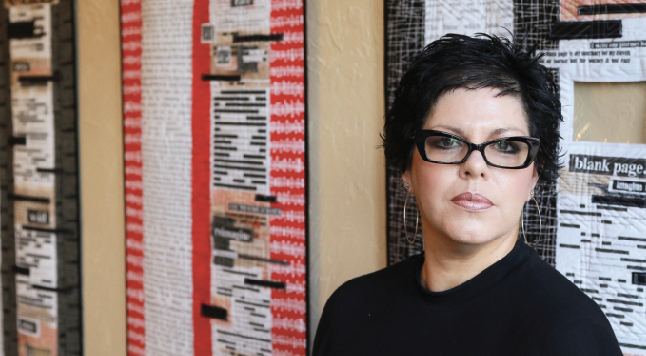
Printed scrolls hang on the walls of Carnegie Hall. The modge podge of black, white, and red fabric and text appear overwhelming at first, but upon a closer read, the viewer is transported through decades of history relating to interracial relationships in the U.S.
The five scrolls featured in the English department’s headquarters illuminate Holly Jefferies’ captivating prose in a reflective stream of consciousness, a style that eliminates punctuation. Jefferies earned both her bachelor’s degree in 2014 and a Master’s in Liberal Arts Studies in 2018 from Rollins.
The first scroll from the left, No Margins, reads, “That is the difference in race I think That I can walk away from another race and my husband can walk away from another race but he does not and I do not It is the very thing that makes us different and the same and vulnerable and strong and in love.”
Combining stream of consciousness and poetry, Jefferies contemplates the narrative of interracial relationships across history, specifically the absence of voices. It invites viewers to do the same.
“We don’t know what that voice would say, or look like, or sound like when there is an absence of voices, so it is our responsibility to reimagine [the narratives],” said Jefferies.
As a white woman married to a black man since 1995, Jefferies has had decades of experience navigating through interracial marriage.
“This union presents unsaid difficulties about being human in a racial society which is often more about race than about being human,” wrote Jefferies in the artist statement that accompanies the project.
Each scroll contains Jefferies’ experimental writing on “interracial narratives from the 1800s through the 2000s—inspired by racial tension within Supreme and District court cases and presidential elections, and [her] own experience with interracial marriage,” as described in her artist statement.
Although there are personal elements to her work, Jefferies said that this is much less about her than someone else having an experience with the finished product.
Her hope is that viewers will bring their own knowledge of race and interracial relations to view the piece, fill in the spaces in the narrative with their story, and perhaps even have an emotional experience.
In Jefferies’ own words, it is meant to be “an exercise in reimagining the narrative through what they see—and what they do not see [in the poetry and erasures]—along with their own experience with race and interracial relations.”
The first scroll, “No Margins,” was completed during an independent study with Dr. Vidhu Aggarwal, professor of English. This was the stepping stone that led her to complete the next four scrolls for her thesis project, which was advised by Rachel Simmons, professor of art.
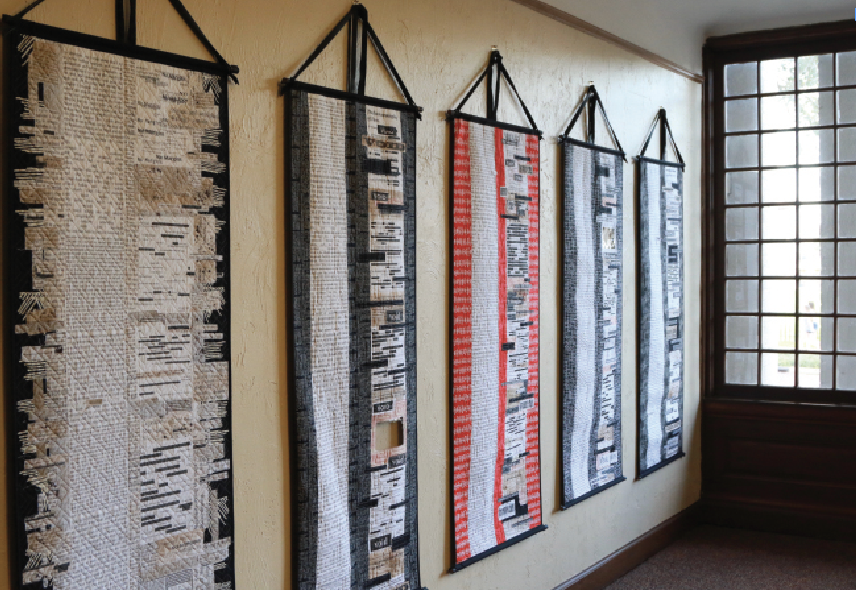
Each following scroll represents a different time period. Hanging beside “No Margins,” “The Intercommingling of Races” focuses on the 1800s. The next scroll, “Within this Race,” relates the 1900s to the 1950s. “On this Journey” covers the 1960s through the 1990s and includes a clipping of the 1995 New Jersey marriage index that lists Jefferies’ marriage as her own mark in history. The final piece, “Knocking on Doors,” focuses on the 2000s.
Jefferies described her creative writing process as experimental. Each scroll has two columns of writing: the left-hand column is a stream of consciousness, and the right-hand column uses experimental poetry techniques such as extraction and erasure.
Erasures are created by erasing words in an existing text and leaving the result on the page in order to create a poem. In Jefferies’ work, her erasures come from many pages of court cases.
In describing her stream-of-consciousness writing, Jefferies said, “I would sit in a very focused setting where I would contemplate either the history that I was writing about, or some of the voices within the history. And there would be a big responsibility in writing so that I would not censor my thoughts. So that they would be authentic.”
“The Intercommingling of Races,” has a right-hand column covered in blocks of black fabric that reads “VOID,” because interracial marriages in the 1800s were considered void or invalid. This scroll may stand out the most due to all the dark fabric, and it delivers one of the most influential lines of the work. The stream of consciousness reads, “No license protects us from the hate which exists beyond the veil.”
In the context of her work being displayed during Black History Month, Jefferies said that since there is heightened awareness, “my hope is that my work might prompt conversation and change.” She thought her work is important because “it’s critical that we look at history through a contemporary lens and reimagine how the narratives have been told, or not told.”
Jefferies believes that once the work leaves her hands, it becomes the narrative of the viewer.





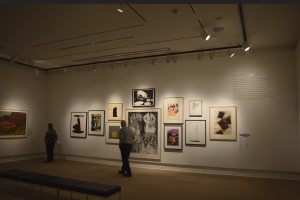
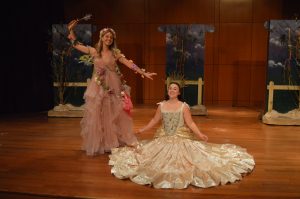

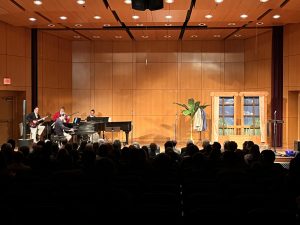


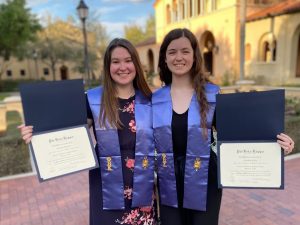
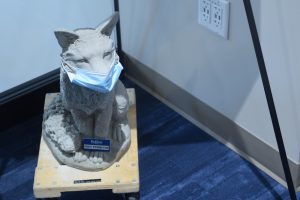

Be First to Comment